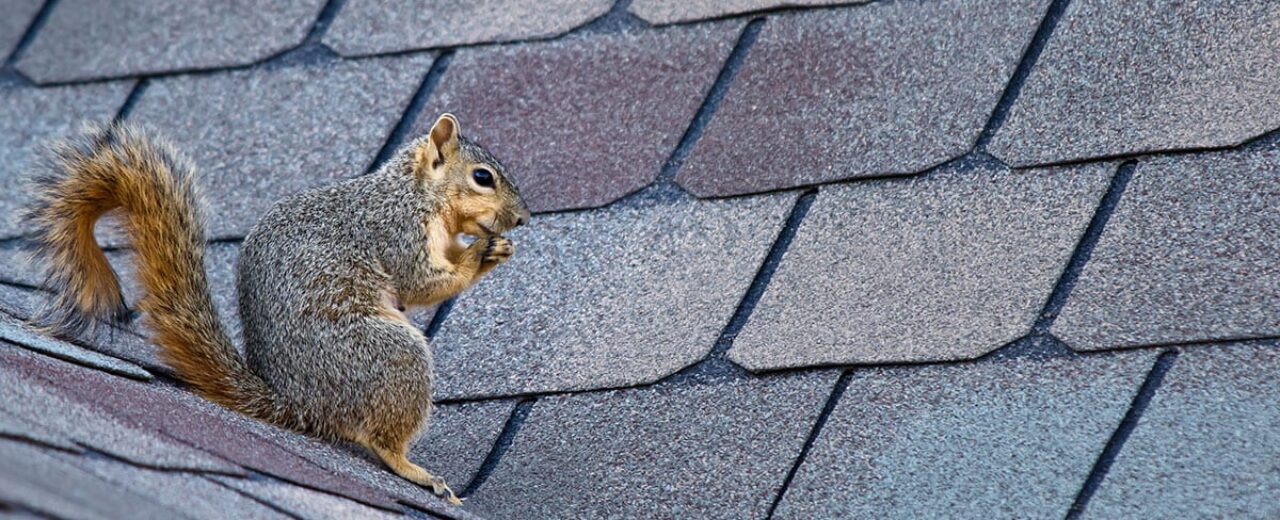Pest Problems: How Animals Can Wreak Havoc on Your Roof
Your roof is your home’s first line of defense against the elements—but it’s also an attractive target for various critters looking for shelter. From squirrels and raccoons to birds and insects, pests can cause serious—and expensive—damage if left unchecked. Understanding how animals can impact your roof and what you can do to prevent problems is key to protecting your investment.
Common Roof Invaders
Squirrels and Raccoons: These furry climbers are notorious for accessing attics through small openings or by chewing through shingles, vents, or soffits. Once inside, they can destroy insulation, chew on electrical wiring (a fire hazard), and even create nests that block ventilation. Raccoons, in particular, are strong and smart, capable of peeling up shingles or tearing open weak spots to gain entry.
Birds: While a single bird might not cause much trouble, nesting birds can clog gutters, downspouts, and vents with twigs and debris. Pigeon droppings are acidic and can deteriorate roofing materials over time. In addition, their nests can attract insects and hold moisture against your roof, leading to mold and rot.
Rodents: Mice and rats can squeeze into holes as small as a dime. Once inside, they’re known to gnaw on just about anything, including wood and electrical wires. They often use insulation for nesting material, reducing your home’s energy efficiency.
Insects: Bees, wasps, and termites can be surprisingly destructive. Wasps often build nests in eaves or attic spaces, while carpenter ants and termites can compromise the structural integrity of wooden roofing components. Even seemingly harmless bugs can attract predators that bring additional problems.
Signs of Pest Damage
Be on the lookout for these common indicators:
- Scratching or scurrying sounds in the attic
- Shingle damage or areas that look chewed or disturbed
- Sagging areas or soft spots in the roof deck
- Nesting material around chimneys, vents, or gutters
- Foul odors, which could indicate droppings or dead animals
If you spot any of these warning signs, it’s important to act quickly.
How to Protect Your Roof
Seal Entry Points: Regularly inspect your roof for cracks, gaps, or loose shingles. Seal any potential entry points around chimneys, vents, and soffits to prevent drafts and improve energy efficiency. Install a chimney cap and ensure all vents have animal-proof screens.
Trim Nearby Trees: Tree branches too close to your roof create an easy highway for animals to access your home. Trim back limbs to discourage critters from jumping onto your roof.
Clean Gutters: Keep gutters clear of debris that could attract nesting birds or rodents. Clogged gutters also hold moisture, which can damage your roof and invite pests.
Schedule Routine Inspections: Regular roof inspections—especially after storms or during seasonal changes—can help you catch issues before they escalate. Many roofing companies offer maintenance programs or peace-of-mind inspections to help homeowners stay ahead of potential trouble.
Final Thoughts
Pests might be small, but their damage can be massive. Your roof is too important—and too costly—to leave vulnerable. By staying vigilant, performing regular maintenance, and addressing issues promptly, you can keep your roof secure from unwanted animal visitors and extend its lifespan for years to come.


